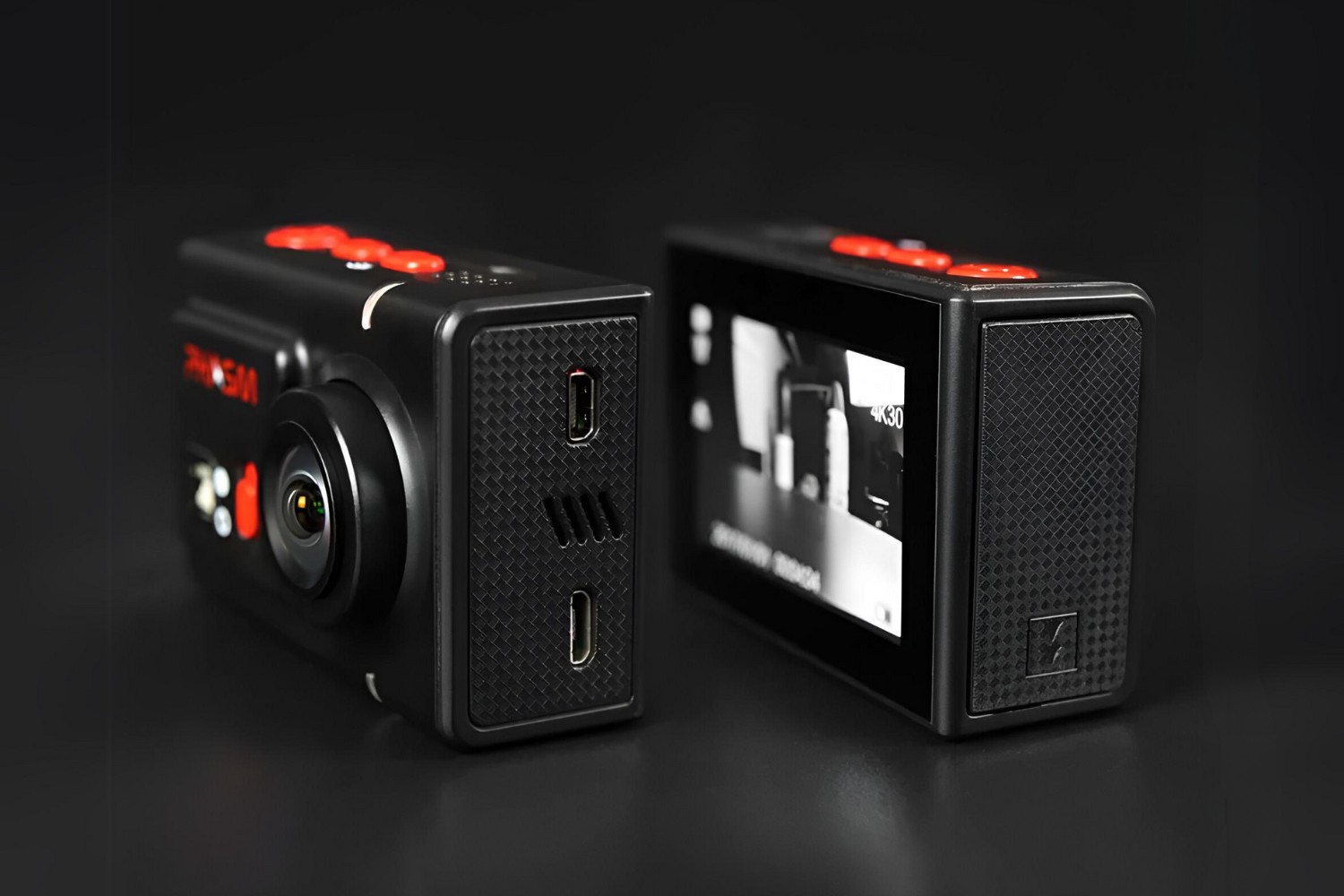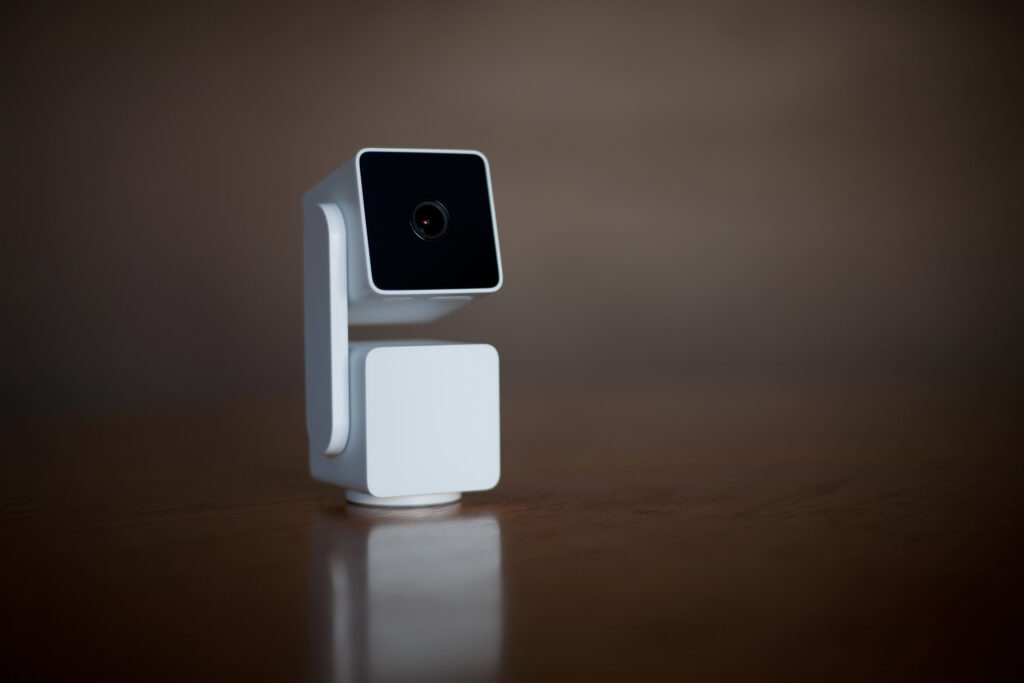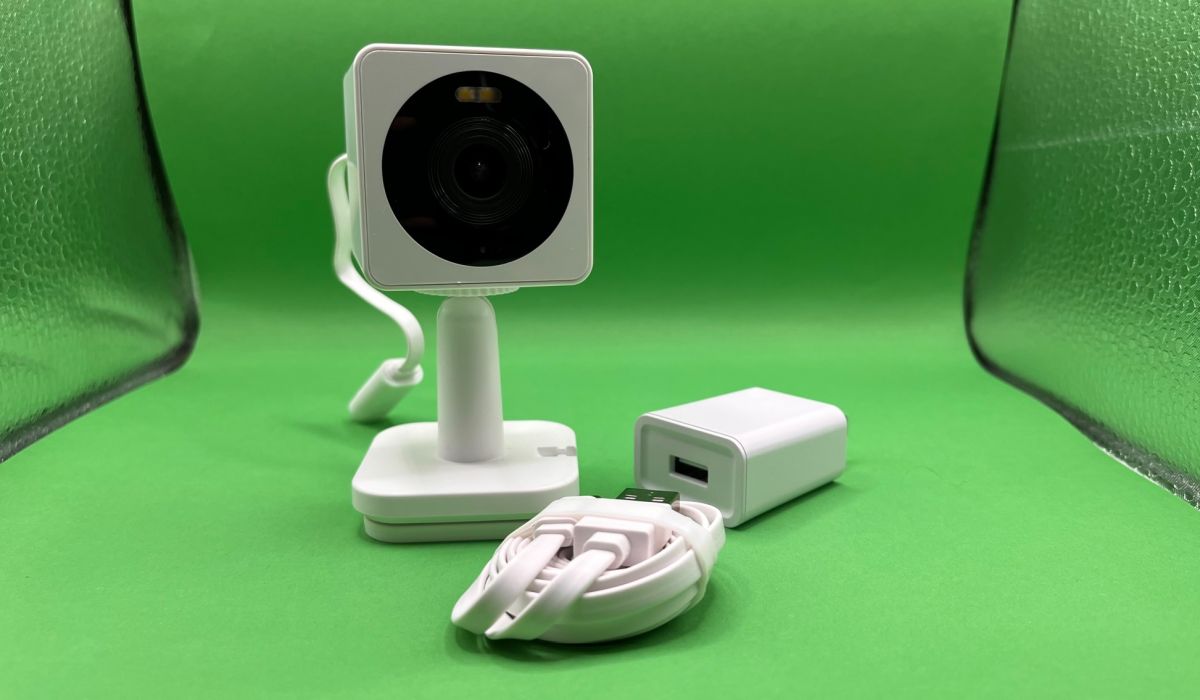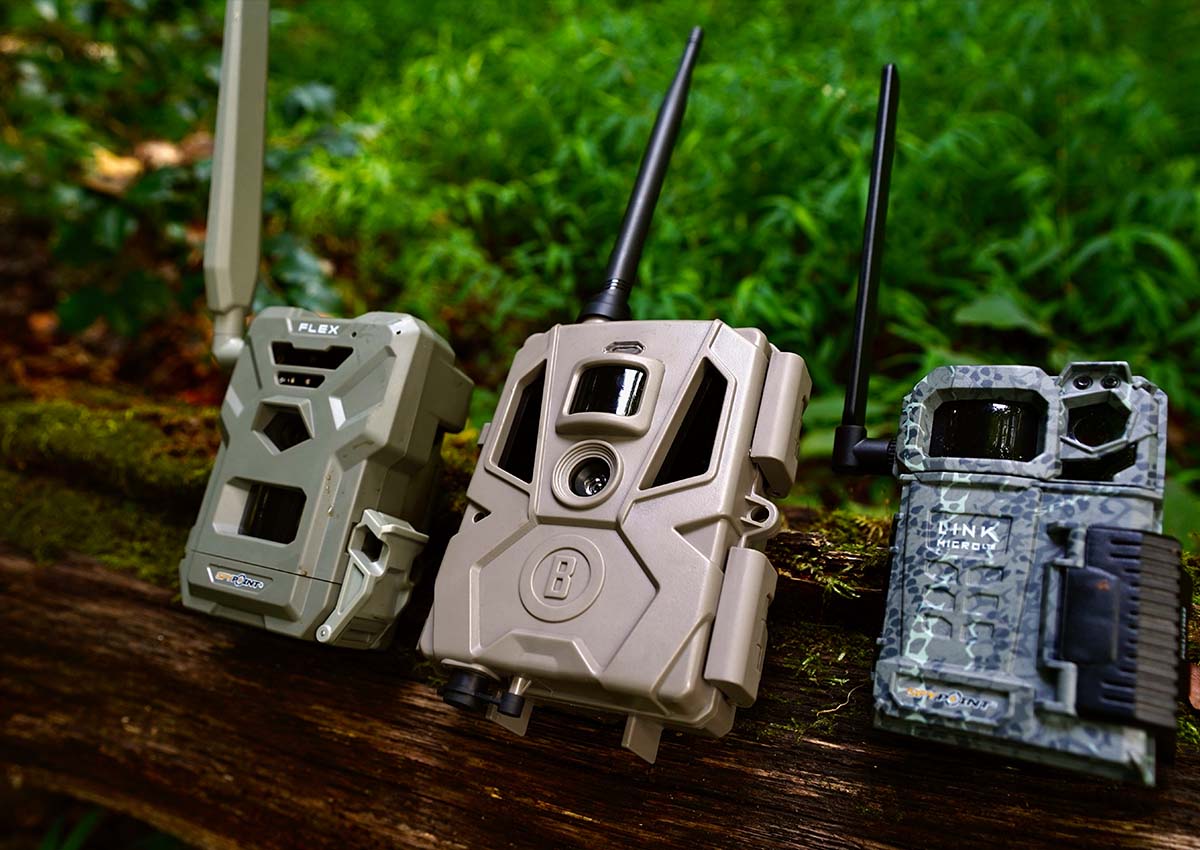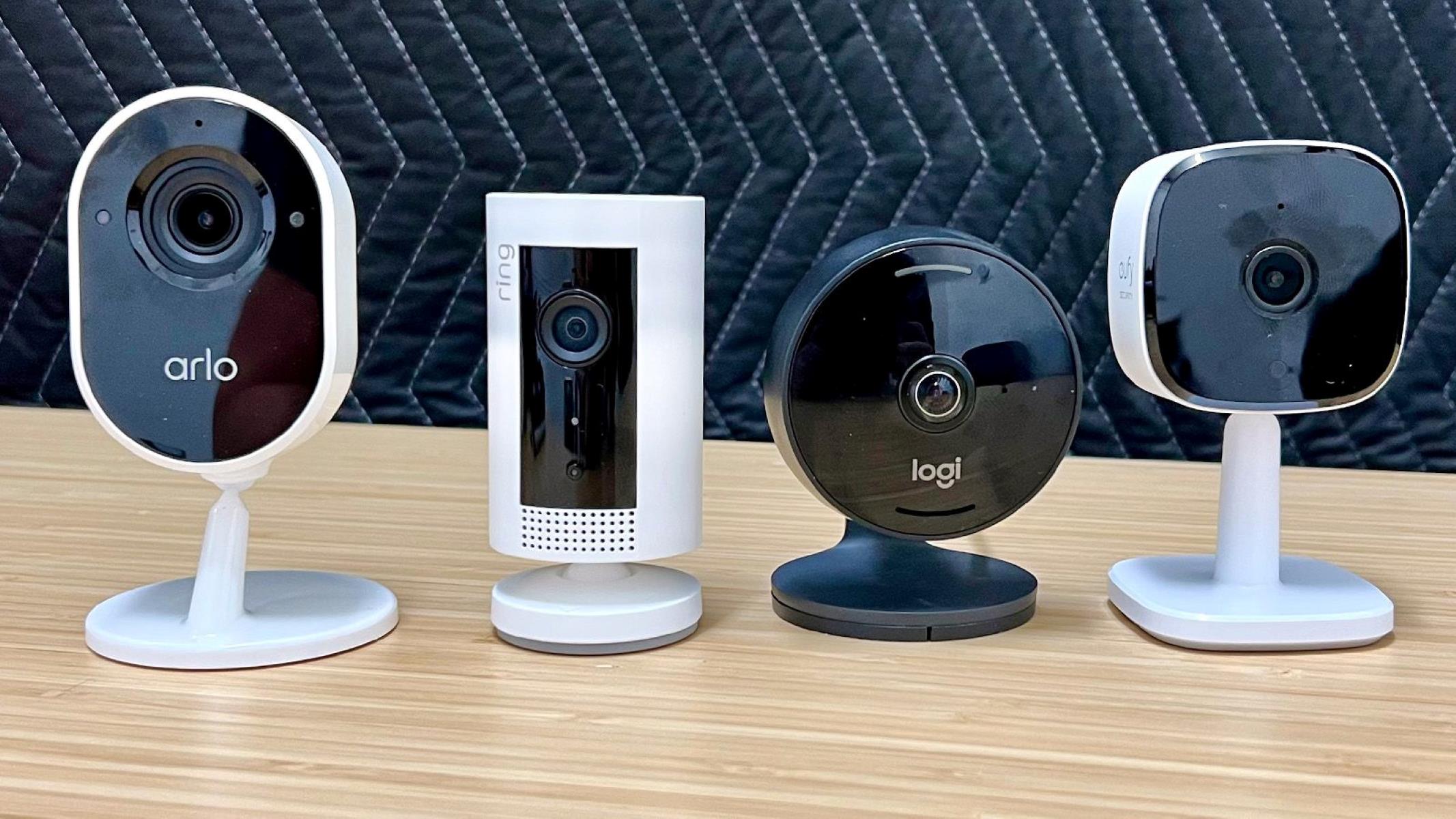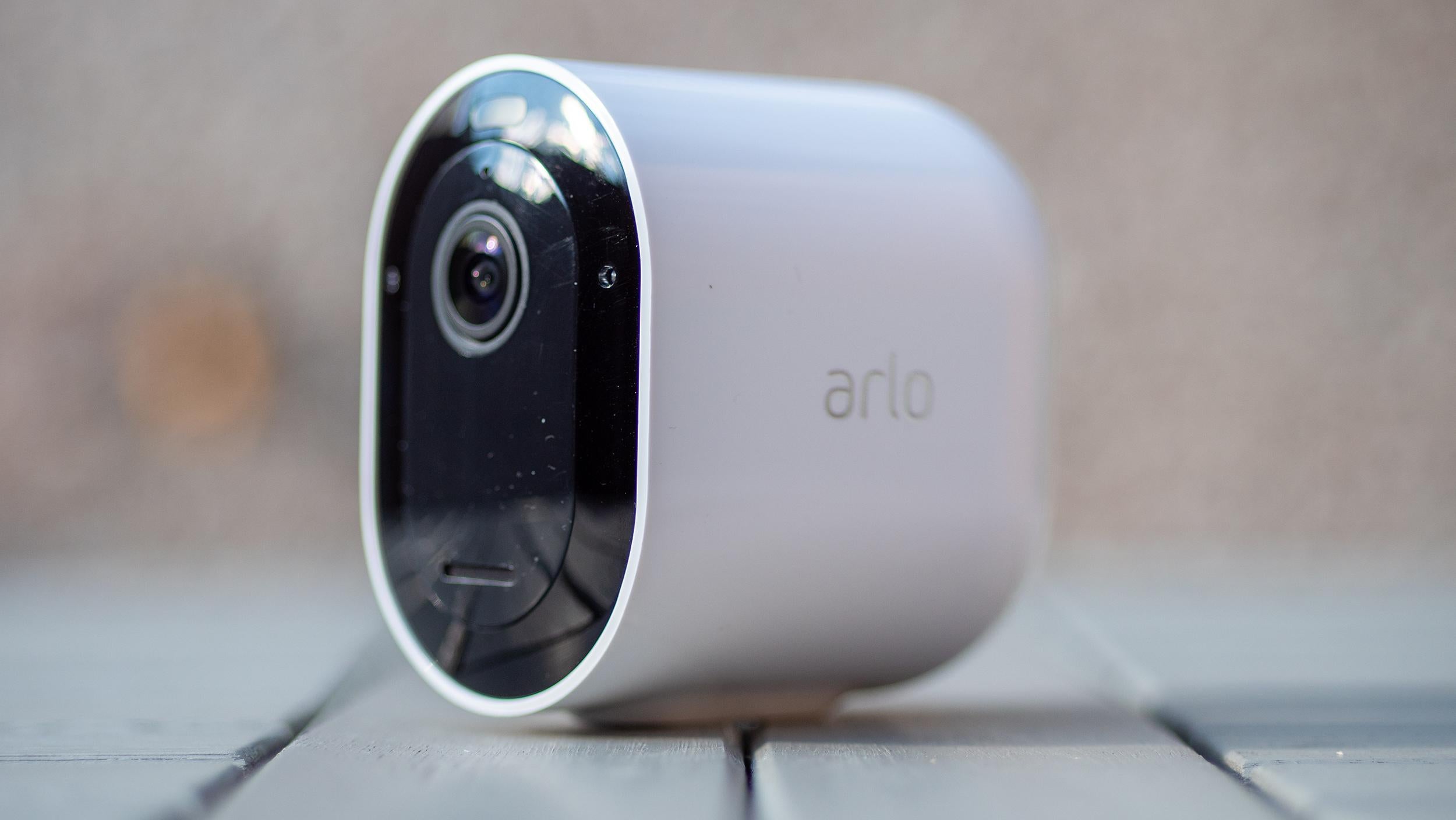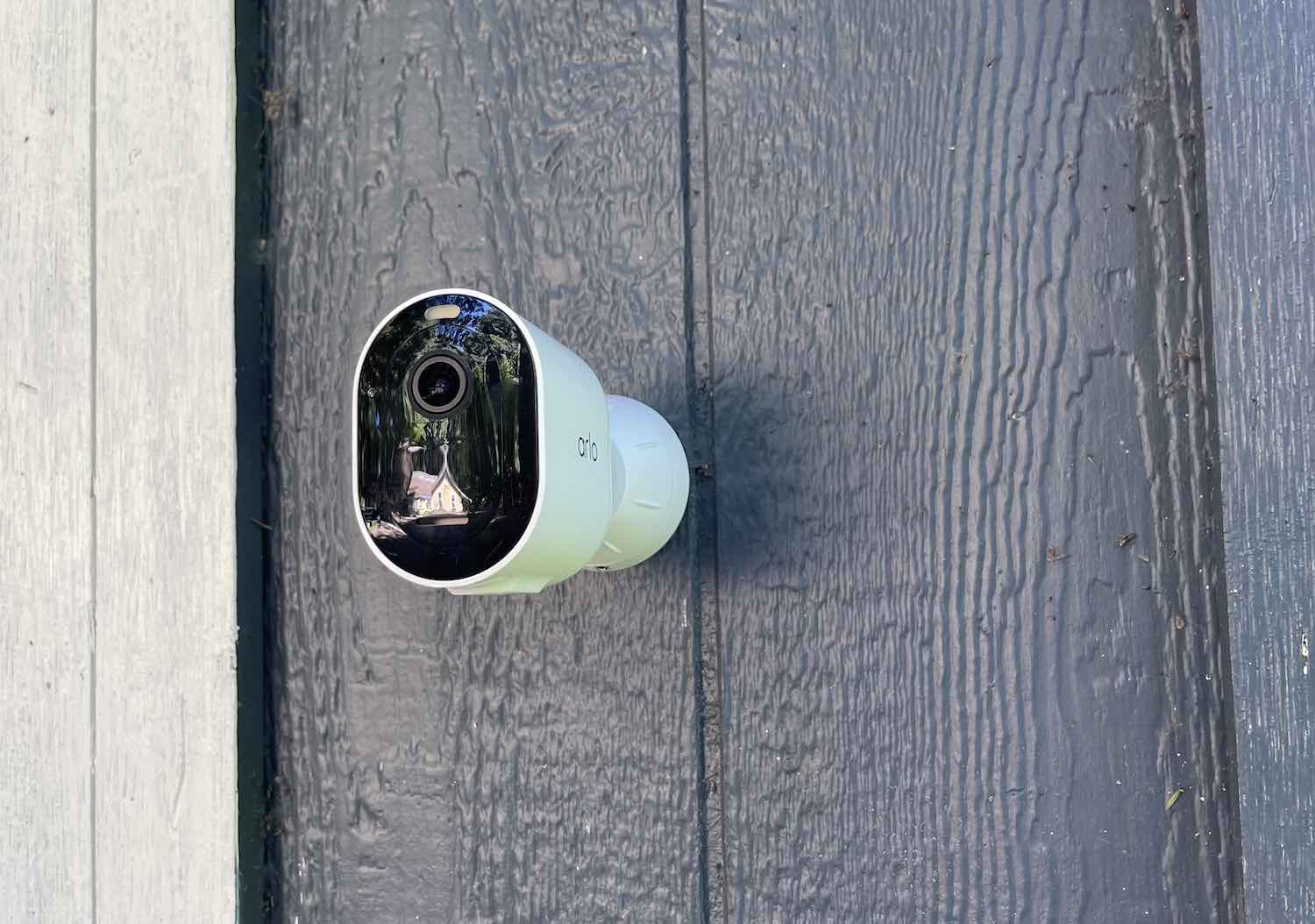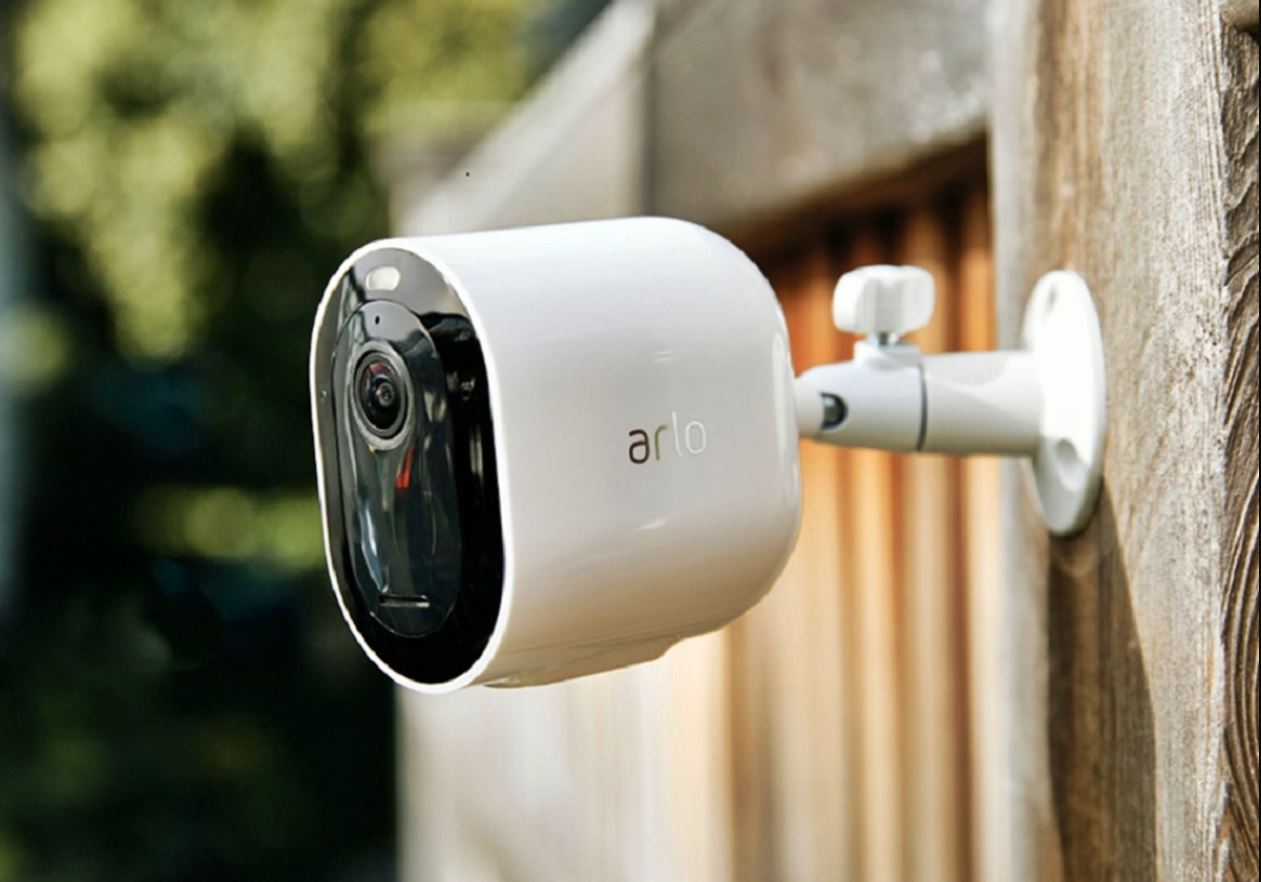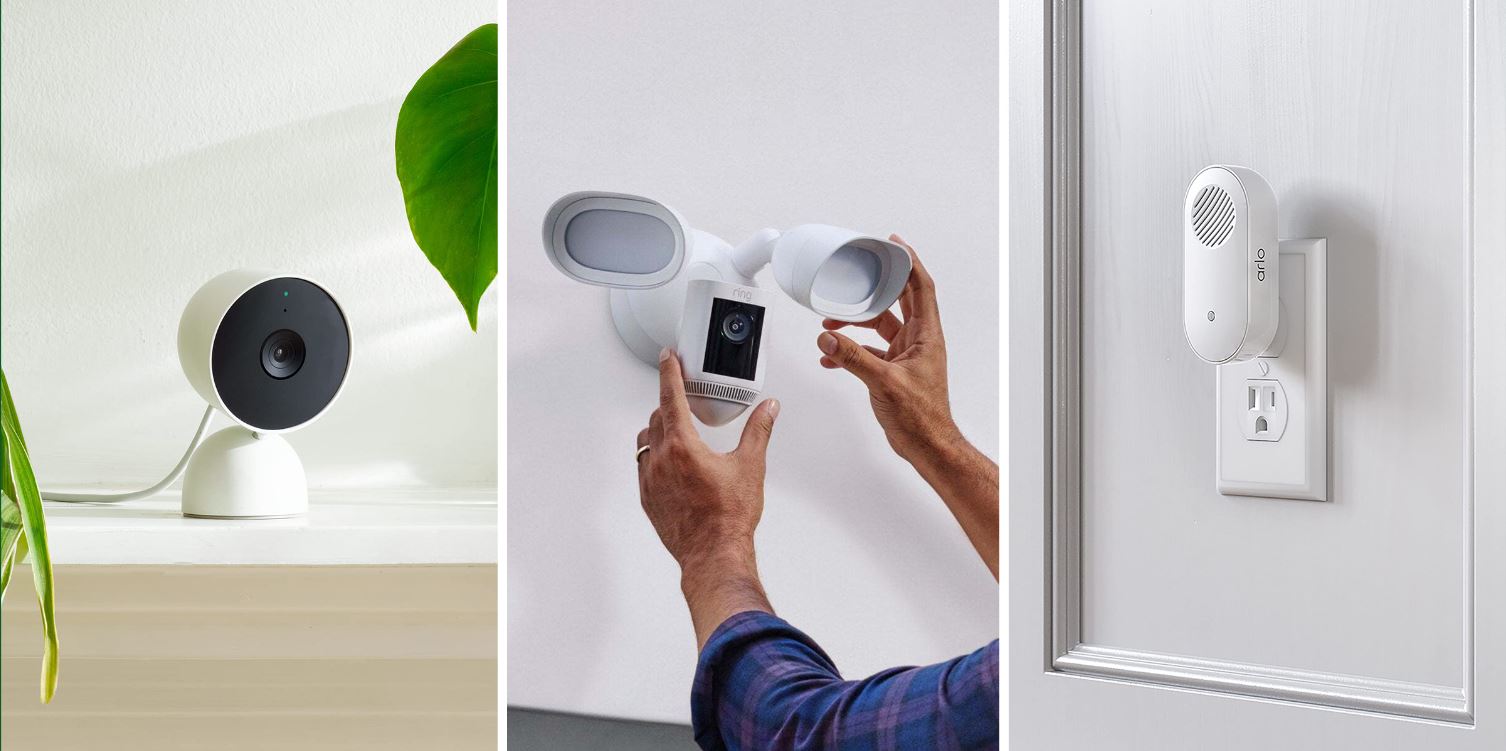Introduction
Are you an adventure enthusiast who loves capturing thrilling moments in the dark? Or perhaps you're a nature lover eager to observe nocturnal wildlife? Whatever your passion, having an HD action camera with night vision capability can take your experiences to a whole new level. In this guide, we'll explore the fascinating world of modifying an HD action camera for night vision. By the end of this journey, you'll have the knowledge and skills to transform your ordinary camera into a powerful tool for capturing stunning footage in low-light conditions.
Imagine being able to record crystal-clear videos and snap sharp photos in the dead of night, unveiling the hidden beauty of the world after sunset. Whether you're into nocturnal wildlife photography, ghost hunting, or simply want to document your nighttime adventures, having a modified HD action camera with night vision capability opens up a realm of possibilities.
Throughout this guide, we'll delve into the intricacies of night vision technology and walk through the process of selecting the right camera for modification. We'll then embark on the thrilling journey of disassembling the camera and making the necessary alterations to equip it for night vision. Finally, we'll conduct thorough testing to ensure that our modified camera delivers exceptional performance in low-light conditions.
So, gear up and get ready to unlock the secrets of night vision technology as we transform an ordinary HD action camera into a remarkable tool for capturing the mysteries of the night. Let's dive into the world of night vision modification and unleash the full potential of your camera!
Understanding Night Vision Technology
Before delving into the process of modifying an HD action camera for night vision, it’s crucial to grasp the fundamentals of night vision technology. Night vision devices, commonly used in military and law enforcement applications, have evolved significantly over the years, and the principles behind their operation are truly fascinating.
At the core of night vision technology is the ability to amplify ambient light, including infrared light, to enhance visibility in low-light conditions. This is achieved through the use of image intensifier tubes or sensors that can detect and amplify even the faintest traces of light, rendering the environment visible to the human eye.
There are several generations of night vision technology, with each generation offering improvements in image clarity, sensitivity, and overall performance. Generation 1 devices, for example, are more affordable and widely available, but they may exhibit lower image quality and reduced sensitivity compared to their higher-generation counterparts. On the other hand, Generation 3 and 4 devices boast superior image resolution and enhanced sensitivity, making them highly sought after for professional and recreational night vision applications.
Understanding the role of infrared (IR) illumination is also pivotal in comprehending night vision technology. IR illuminators emit light in the infrared spectrum, which is invisible to the human eye but can be detected by night vision devices. By incorporating IR illumination into a modified HD action camera, you can effectively illuminate the surrounding area, allowing the camera to capture clear footage even in complete darkness.
By familiarizing yourself with the underlying principles of night vision technology, you’ll gain valuable insights into the mechanisms that enable cameras to operate effectively in low-light environments. This knowledge will serve as a solid foundation as we proceed to select the most suitable camera for night vision modification and embark on the exciting journey of transforming it into a powerful tool for nocturnal exploration and documentation.
Choosing the Right Camera for Night Vision Modification
When embarking on the endeavor of modifying an HD action camera for night vision, selecting the appropriate camera is a critical first step. Not all cameras are equally well-suited for night vision modification, and certain features and specifications must be considered to ensure optimal results.
First and foremost, it’s essential to choose a camera with a high-quality image sensor capable of capturing clear and detailed footage in low-light conditions. Look for cameras equipped with back-illuminated CMOS sensors or similar advanced sensor technologies, as these can significantly enhance the camera’s performance in low-light environments.
Furthermore, consider the camera’s lens capabilities. Opt for a camera with a fast lens, characterized by a wide aperture, as this allows more light to reach the sensor, improving low-light performance. Additionally, the ability to manually adjust focus and exposure settings is advantageous when modifying the camera for night vision, as it provides greater control over the image capture process in challenging lighting scenarios.
Another crucial aspect to evaluate is the camera’s compatibility with external accessories, such as IR illuminators and filters. Ensure that the camera supports the attachment of external IR illuminators to facilitate night vision functionality. Additionally, the presence of filter threads or accessory mounts can simplify the process of integrating IR-pass filters or other optical components necessary for night vision modification.
Consider the camera’s form factor and mounting options, especially if it will be used in action-packed scenarios or mounted on helmets, vehicles, or other equipment. A compact and rugged design, along with versatile mounting capabilities, can enhance the camera’s suitability for various night vision applications, from outdoor adventures to tactical operations.
By carefully evaluating these key factors and selecting a camera that aligns with the requirements for night vision modification, you’ll lay a solid foundation for the subsequent stages of the transformation process. With the right camera in hand, you’ll be well-equipped to proceed to the exciting phase of disassembling the camera and preparing it for the integration of night vision capabilities.
Disassembling the Camera
As we venture into the process of modifying an HD action camera for night vision, the initial step involves carefully disassembling the camera to gain access to its internal components. This phase requires precision, patience, and a methodical approach to ensure that the camera remains in optimal condition throughout the modification process.
Before commencing the disassembly, it’s imperative to review the camera’s user manual and schematic diagrams, if available, to familiarize yourself with its internal layout and the location of essential components. This preparatory step can provide valuable insights into the disassembly procedure and help prevent inadvertent damage to delicate parts.
Using the appropriate tools, such as precision screwdrivers and non-conductive prying tools, begin by carefully removing the outer casing and any protective covers from the camera. Exercise caution to avoid exerting excessive force or causing cosmetic damage to the camera’s exterior, as these components may need to be reinstalled later in the modification process.
Once the outer housing is removed, proceed to access the internal circuitry and components, taking care to document the disassembly process through photographs or detailed notes. This documentation can serve as a valuable reference during the reassembly phase, ensuring that each component is reinstated correctly and in its original orientation.
As you delve deeper into the disassembly, pay close attention to the connections between the camera’s sensor, lens assembly, and image processing circuitry. These components are pivotal to the camera’s imaging capabilities and may require careful handling and precision adjustments during the modification process.
Throughout the disassembly, maintain an organized workspace and store removed components in a secure and labeled manner to prevent misplacement or confusion during reassembly. Additionally, exercise electrostatic discharge (ESD) precautions to safeguard sensitive electronic components from static electricity, which can cause irreparable damage if proper precautions are not observed.
By methodically disassembling the camera with meticulous attention to detail and a focus on preserving its integrity, you’ll lay the groundwork for the subsequent stages of the modification process. With the camera’s internal components accessible, we are poised to embark on the exciting phase of integrating night vision capabilities to unlock its full potential in low-light environments.
Modifying the Camera for Night Vision
With the camera disassembled and its internal components accessible, the transformative phase of integrating night vision capabilities begins. This process involves a series of strategic modifications aimed at enhancing the camera’s low-light performance and enabling it to capture clear and detailed footage in nocturnal settings.
The integration of infrared (IR) illumination is a fundamental aspect of modifying the camera for night vision. By incorporating IR LEDs or an external IR illuminator, the camera gains the ability to illuminate the surrounding environment with infrared light, which is invisible to the human eye but detectable by the camera’s sensor. This illumination significantly improves visibility in low-light conditions, effectively enabling the camera to capture footage in complete darkness.
Furthermore, the modification may entail the installation of an IR-pass filter, which selectively allows infrared light to pass through to the camera’s sensor while blocking visible light. This filter serves to enhance the camera’s sensitivity to infrared illumination, optimizing its performance in night vision scenarios and minimizing the impact of ambient visible light on the captured footage.
Adjustments to the camera’s lens assembly and image processing settings are also integral to the modification process. Fine-tuning the focus and exposure parameters to accommodate low-light conditions can significantly enhance the camera’s ability to capture sharp and well-defined imagery in challenging lighting environments. Additionally, optimizing the camera’s image processing algorithms to amplify and enhance the captured infrared light further augments its night vision capabilities.
It’s essential to approach these modifications with precision and attention to detail, ensuring that each alteration is executed methodically and in accordance with the camera’s specifications. Careful calibration and testing of the modified components are vital to validate their functionality and ensure seamless integration with the camera’s existing imaging system.
Throughout the modification process, maintain thorough documentation of the adjustments made, including any custom components or circuitry integrated into the camera. This documentation serves as a valuable reference for troubleshooting and fine-tuning the night vision modifications, as well as for future maintenance and upgrades.
By effectively modifying the camera for night vision, you’ll unleash its full potential as a versatile tool for capturing captivating footage in low-light conditions. The integration of night vision capabilities empowers the camera to transcend the limitations of conventional imaging, opening up a realm of opportunities for nocturnal exploration, surveillance, and documentation.
Testing the Night Vision Camera
After the meticulous process of modifying an HD action camera for night vision, thorough testing is essential to validate the effectiveness of the integrated night vision capabilities and ensure that the camera delivers exceptional performance in low-light environments. The testing phase serves as a critical evaluation of the camera’s ability to capture clear and detailed footage under varying levels of ambient light and in complete darkness.
Begin the testing process in controlled low-light conditions, gradually reducing ambient light levels to assess the camera’s sensitivity to dimly lit environments. This initial evaluation provides insights into the camera’s performance in scenarios where natural or artificial low-light sources are present, such as at dusk or in indoor settings with minimal illumination.
Subsequently, proceed to evaluate the camera’s night vision functionality in near-complete darkness by conducting tests in environments devoid of ambient light. This phase of testing is particularly crucial, as it demonstrates the camera’s reliance on infrared illumination to capture footage in conditions where conventional imaging systems would struggle to produce discernible imagery.
During testing, pay close attention to the clarity, sharpness, and color reproduction of the captured footage, assessing the camera’s ability to render detailed imagery in low-light and infrared-illuminated settings. Additionally, evaluate the camera’s dynamic range and contrast capabilities, observing its performance in capturing scenes with varying levels of brightness and distinguishing objects in challenging lighting scenarios.
Conducting real-world field tests in diverse nocturnal environments, such as wooded areas, urban settings, or open landscapes, provides valuable insights into the camera’s adaptability to different night vision applications. Evaluate its performance in capturing subjects at varying distances and in motion, assessing its ability to deliver clear and detailed footage in dynamic nighttime scenarios.
Throughout the testing phase, document the camera’s performance across different scenarios and lighting conditions, noting any areas of strength or opportunities for further refinement. This comprehensive evaluation serves as a basis for fine-tuning the night vision modifications and optimizing the camera’s settings to achieve the desired imaging results.
By subjecting the modified camera to rigorous testing in a range of low-light and infrared-illuminated environments, you’ll gain a comprehensive understanding of its night vision capabilities and its potential for capturing stunning footage in the dark. The insights garnered from testing will inform refinements to the camera’s configuration, ensuring that it stands ready to deliver exceptional performance in nocturnal exploration, surveillance, and documentation.
Conclusion
Embarking on the journey of modifying an HD action camera for night vision has unveiled the intricate process of transforming a conventional imaging device into a powerful tool for capturing the mysteries of the night. Through a meticulous and methodical approach, we’ve explored the fundamental principles of night vision technology, carefully selected a suitable camera for modification, and embarked on the transformative phases of disassembly, modification, and testing.
Understanding the underlying mechanisms of night vision technology has provided valuable insights into the principles that enable cameras to operate effectively in low-light environments. From the amplification of ambient light to the integration of infrared illumination, the core concepts of night vision technology have guided the strategic modifications made to the camera, enhancing its performance in nocturnal scenarios.
The process of selecting the right camera for night vision modification involved a comprehensive evaluation of key factors, including image sensor quality, lens capabilities, compatibility with external accessories, and form factor. This discerning approach laid the foundation for a successful transformation, ensuring that the camera was well-suited for the integration of night vision capabilities.
Disassembling the camera demanded precision, patience, and a meticulous attention to detail, allowing us to access its internal components while preserving its integrity. This phase set the stage for the integration of night vision modifications, providing a clear pathway for the strategic alterations aimed at enhancing the camera’s low-light performance.
Modifying the camera for night vision entailed a series of carefully orchestrated adjustments, from the integration of IR illumination to the fine-tuning of lens and image processing settings. Each modification was executed with precision, aiming to optimize the camera’s ability to capture clear and detailed footage in low-light and infrared-illuminated environments.
Thorough testing served as the ultimate validation of the camera’s night vision capabilities, subjecting it to a comprehensive evaluation in controlled low-light environments and near-complete darkness. The insights garnered from testing informed refinements to the camera’s configuration, ensuring that it stood ready to deliver exceptional performance in diverse nocturnal scenarios.
As we conclude this transformative journey, the modified HD action camera stands as a testament to the remarkable potential of night vision technology. Empowered with the ability to capture stunning footage in the dark, it opens up a realm of possibilities for nocturnal exploration, surveillance, and documentation, transcending the limitations of conventional imaging and unveiling the hidden beauty of the night.
With a newfound understanding of night vision technology and the transformative process of modifying an HD action camera, you’re equipped to embark on your own ventures into the captivating world of nocturnal imaging. Whether it’s capturing wildlife under the veil of darkness, documenting nighttime adventures, or delving into the mysteries of the night, the modified night vision camera stands as a testament to the endless possibilities that await in the realm of low-light exploration.







